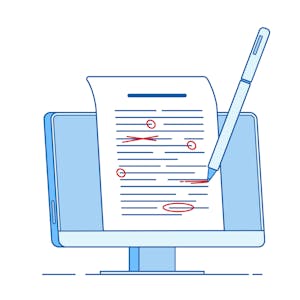- 7 minute read
- Content Marketing
- Digital Marketing
- Websites
All Skill Levels
Spark is headed to the Big Easy! Join us in New Orleans October 13-15. Registration opens soon!

You may think it’s just words, but having quality and effective content on your website can either help a customer make a booking or make them go back to the search engine. Website copy should be persuasive, fun, and informative to increase those online bookings!
If you’ve read this article on how to write a tour description that sells, you might be wondering what else you can do to optimize your web copy.
This guide covers a few ways to make your writing more polished, whether you’re working on your activity descriptions, writing a blog, or coming up with copy for a social media post.
Here’s a quick rundown of some best practices and common mistakes we’ve seen on tour and activity websites and some easy fixes to optimize your content today.
Write your content in present tense so it reads like it’s happening now. It helps readers connect with and put themselves into the experience and makes you sound like the professional you are. Most writers default to future tense as it is something that will happen in the future, but present tense is much more exciting!
Maui Adventures will take you on the adventure of a lifetime! On our three-hour Haleakala bike tour, you will enjoy stunning panoramic views of the sunrise and then you will bike your way back down on this guided excursion. You’ll learn about the history of this National Park, the rare species that call it home, and you will travel along the unique volcanic landscape.
Maui Adventures takes you on the adventure of a lifetime! Enjoy stunning panoramic views of the sunrise before biking your way back down on this guided three-hour bike tour. Learn about the history of this National Park, the rare species that call it home, and travel along the unique volcanic landscape.
Essentially, remove any instance of “will” from the sentence unless it’s absolutely necessary.
Write in a second-person point of view to make it more engaging for the reader. Second-person uses “you” and “your” in the content to talk about the activity and the company. It also makes the content more informal and friendly.
At Maui Adventures, we provide you with exceptional helicopter tours and we pride ourselves on our first-rate customer service. We take care of every detail for you to make sure your Maui helicopter tour is exactly how you dreamed it.
Third-person is commonly used in business writing as it tends to be more formal. The company will refer to itself as the company name and will refer to customers in a broad sense.
Maui Adventures provides exceptional helicopter tours to a variety of travelers. Customers will be delighted with the level of customer service that Maui Adventures provides by taking care of every detail of a Maui helicopter tour.

These are just a few points to remember next time you’re working on a blog post or activity description. Looking for more writing tips? Check out our content marketing guides.